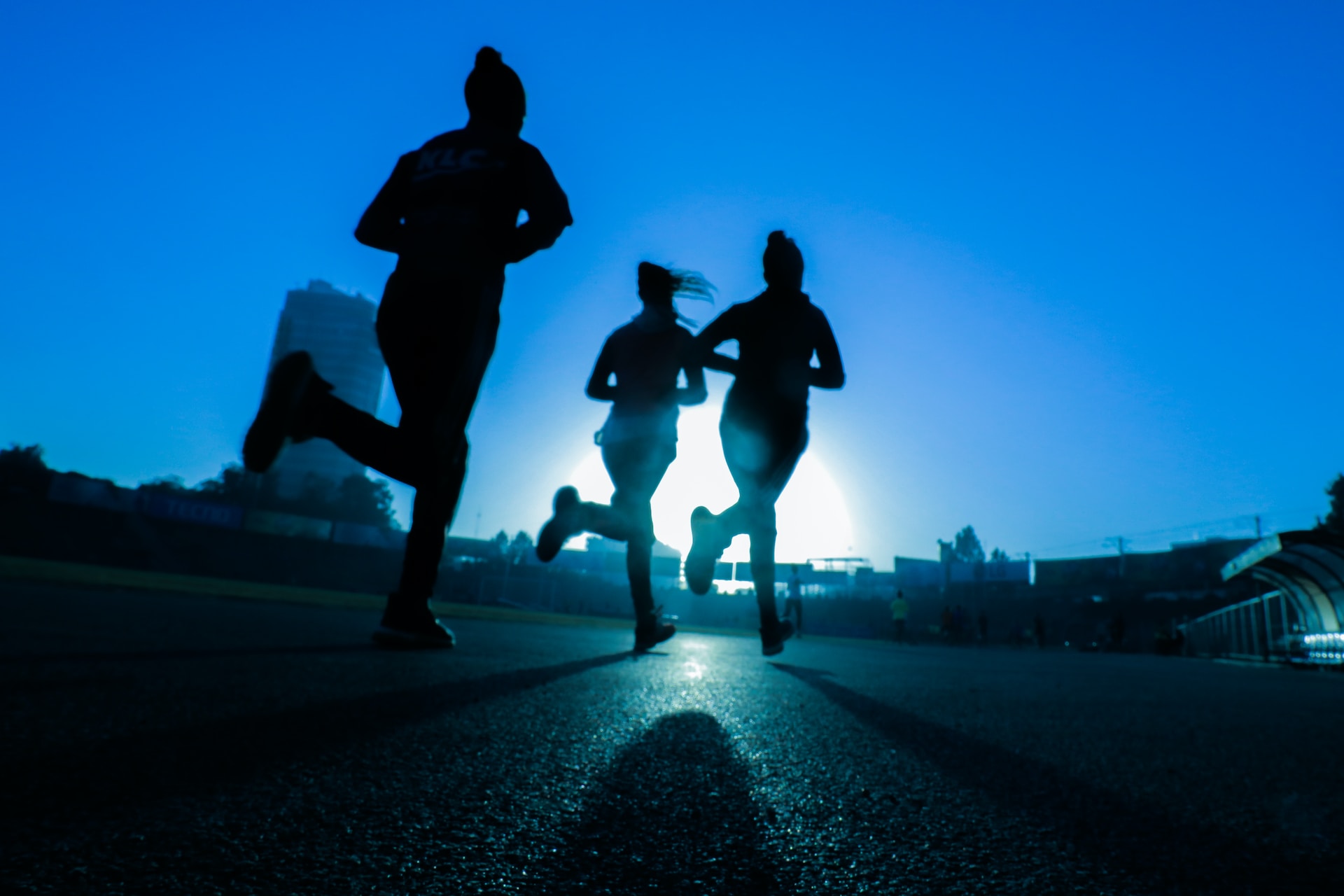Contents
Deadlift Introduction
Deadlift analysis The Basics of Deadlifting-Deadlifting is a compound exercise that primarily targets the muscles in your lower body, particularly the hamstrings, glutes, and lower back. It involves lifting a weighted barbell or other suitable equipment from the ground to a standing position. While it may sound simple, perfecting your deadlift form is crucial to avoid injuries and maximize your gains.
Benefits of Deadlifting-Before we delve into the technical aspects of deadlifting, let’s explore the numerous benefits it offers:
1. Strength Gains
Deadlifting is one of the most effective exercises for building overall strength. It engages multiple muscle groups, helping you develop raw power.
2. Muscle Development
Not only does deadlifting make you stronger, but it also contributes to muscle growth, especially in your lower body and core.
3. Improved Posture
As deadlifting emphasizes maintaining a straight back and proper posture, it can help alleviate back problems and promote better spinal health.
4. Functional Fitness
The strength you gain from deadlifting translates into real-world functionality. Lifting heavy objects becomes easier, making daily tasks a breeze.
5. Hormonal Boost
Compound exercises like deadlifts stimulate the release of growth hormone and testosterone, aiding in muscle growth and overall vitality.
II. History of Deadlifts
A. Origins of Deadlifting
The roots of deadlifting can be traced back to ancient Greece, where it was part of the pentathlon. Competitors had to lift a stone from the ground, symbolizing the origins of this iconic exercise.
B. Evolution of Deadlift Techniques
Over the centuries, deadlifting techniques evolved, with various cultures and strongmen contributing to its development. Today, we have refined forms like the conventional and sumo deadlifts.
III. Deadlift Variations
A. Conventional Deadlift
The conventional deadlift is the most common variation, involving a shoulder-width stance with the arms outside the knees. It targets the lower back, hamstrings, and glutes.
B. Sumo Deadlift
The sumo deadlift employs a wide stance and a grip inside the knees. It reduces stress on the lower back and emphasizes leg strength.
C. Romanian Deadlift
The Romanian deadlift is a variation that emphasizes hamstring and glute development. It involves a slight knee bend and a straight back.
D. Trap Bar Deadlift
Using a hexagonal bar, the trap bar deadlift is a safer alternative for those concerned about lower back strain. It targets the same muscles as the conventional deadlift.
E. Deficit Deadlift
Deficit deadlifting involves standing on a platform, which increases the range of motion and intensifies the workout.
F. Jefferson Deadlift
The Jefferson deadlift is a unique variation where you straddle the barbell and lift it between your legs. It’s a fantastic exercise for overall strength.
G. Snatch Grip Deadlift
This variation employs a wide grip, targeting the upper back, traps, and shoulders. It’s popular among Olympic weightlifters.
IV. Muscles Worked in Deadlifts
A. Primary Muscles
- Hamstrings: The hamstrings are heavily engaged during the lifting phase of the deadlift, providing the necessary power.
- Glutes: Deadlifting promotes glute activation, leading to stronger and shapelier buttocks.
- Lower Back: The lower back muscles play a crucial role in maintaining spinal integrity throughout the lift.
B. Secondary Muscles
- Quadriceps: The quadriceps assist in the initial phase of lifting the weight off the ground.
- Core: A strong core is essential for stability and preventing back injuries during deadlifting.
- Forearms: Grip strength is crucial, and deadlifting helps build formidable forearm muscles.
V. Proper Deadlift Form
A. Foot Positioning
- Stand with your feet hip-width apart, toes pointing forward.
- Position the barbell over the middle of your feet.
B. Grip Techniques
- For conventional deadlifts, use a double overhand grip or a mixed grip (one hand over, one hand under) for added stability.
- In sumo deadlifts, opt for a wide grip with both hands facing outward.
C. Spinal Alignment
- Maintain a neutral spine throughout the lift to prevent back injuries.
- Keep your chest up and shoulders back.
